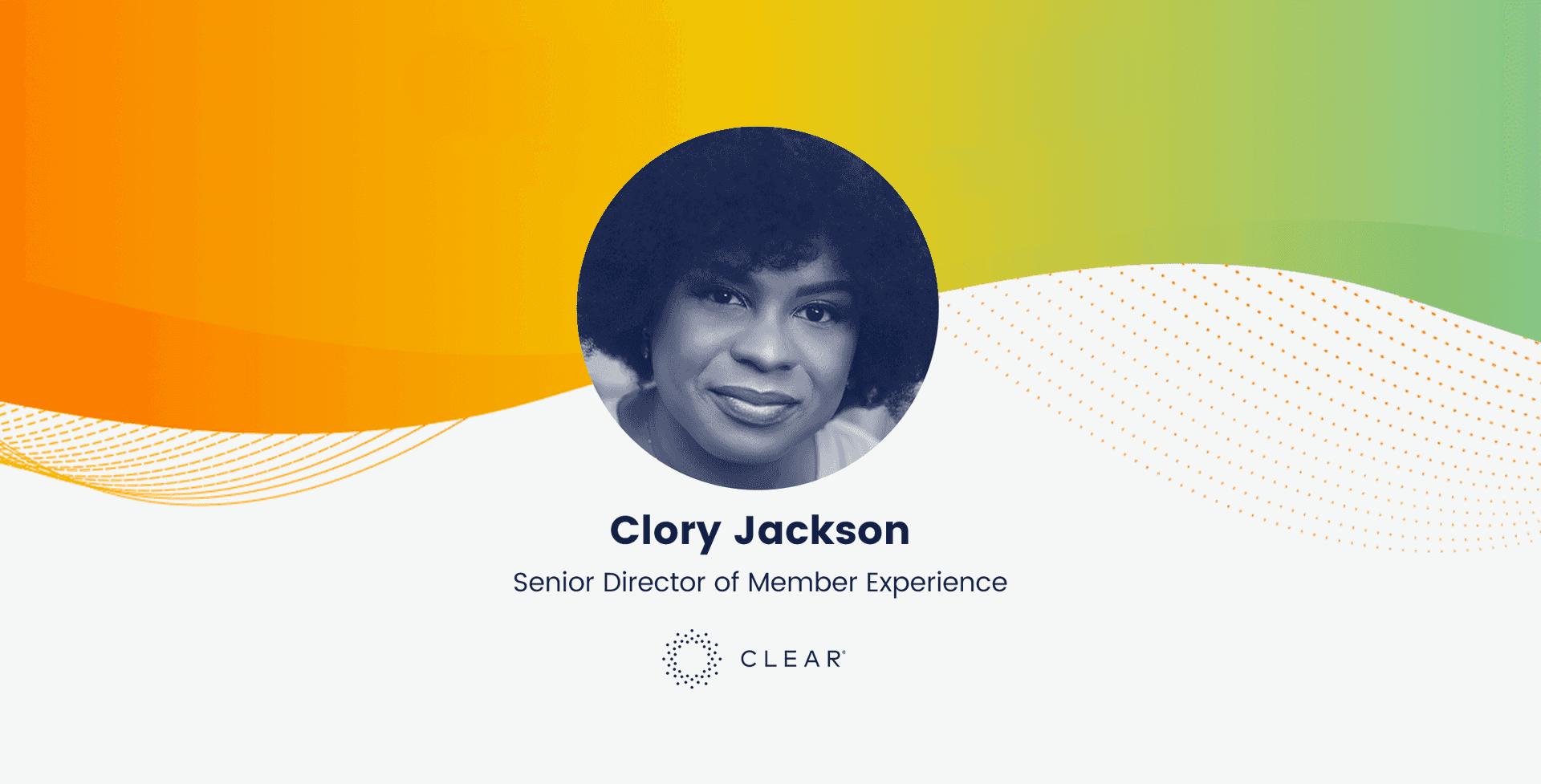Making champions out of doubters: Kindling for new ideas

By Clory Jackson
0 min read

Secure buy-in from your colleagues and leaders to implement a new idea: Tactics and strategies from Clory Jackson, senior director of member experience at Clear.
Getting help from the people you need to execute your idea can be challenging. However, it often involves making them see why a new idea is worth their attention or energy over what’s currently on their plate.
The key to generating support for a new idea is consensus building, a practice of patience, active listening and clear communication. When we talk about building consensus to execute a new idea, we are focused on securing buy-in from the right people — those you need to execute your idea.
Gathering data for your consensus-building journey
Consensus building is not about coming to a unanimous agreement. It’s about getting a majority buy-in from the right people. Before you go on a consensus-building journey, you will need to gather data to assure that your idea holds. You will use this data to allay concerns about risk and to demonstrate why your idea is timely. Using my experience of switching contact center provider to Talkdesk® as an example, the following three ways of data gathering were particularly helpful:
- Other professionals: What challenges did they face?
I spoke to professionals in similar businesses that have implemented the same technology or process. I talked to other leaders in the call center and customer experience (CX) space to see if they had the same challenges as me and how they were solving them.
- White papers: What research already exists?
I looked into white papers and blogs from industry leaders in the contact center operation space. I made sure to note the outcomes. With Talkdesk, I was looking for a contact center that had the best possible redundancy. I was also looking for better support and a cost that improved with scale. Naturally, Talkdesk had lots of content available, but I also needed to source content from competitors and neutral industry papers to eliminate bias from my perspective.
- Internal: What makes you think your idea will work?
Ask yourself and colleagues you trust for supportive scrutiny. Why do you believe your idea will work? What are the reasons why the current solution isn’t working? What impact does that have on the business? Map out the answers and don’t shy away from oppositional data. I knew that better costs a year down the road just wouldn’t be enough to convince my team. I talked to other professionals to learn about their experience implementing new contact centers and Talkdesk in particular. I gathered testimonials to speak to the reward and to demonstrate that I had really thought ahead to avoid pitfalls.
The necessary steps to consensus building
Now that we’ve done our data gathering, let’s go through the steps for consensus building. For this, I will again use my experience of shifting to Talkdesk and the Massachusetts Institute of Technology’s (MIT) Short Guide to Consensus Building.
Convene
This step is about socializing your idea with stakeholders. Your stakeholders are the people you need for the implementation. It could be engineers or product managers, for instance. When you approach them, be prepared to demonstrate how your idea helps to solve a problem they care about and how it fits with other projects or goals in motion that are relevant to them.
End users are also your stakeholders. I needed to be sure that Talkdesk would work easily for my customer service leaders and service ambassadors who are on the phone with our members each day — an example of an end-user in my case. Executive sponsors, the people with purchasing power, are also stakeholders.
Now, how does your new idea save money or make money? I did a 12-month comparison of what we paid with our old provider versus what we would have paid with Talkdesk. I also got the implementation costs of adding the desired technology and features with our existing provider and then compared it to the implementation costs of switching to Talkdesk. The annual savings plus the realization of what we were getting in the new implementation really helped tip the scale for my executive sponsors.
Deliberate and decide
Hear the thoughts and advice from your stakeholders. What excites them about the idea? Does it address a key concern? Is there another concern that should be addressed? Are you missing something? What do you need to consider when implementing the new idea? These are all relevant questions you should ask yourself while deliberating.
You also want to identify and remove the obstacles to executing your new idea. But remember, people are not the obstacle, the concerns are the obstacle. Use the information gathered from your stakeholders to devise a plan that addresses their concerns.
My customer service team was concerned about how switching might disrupt daily operations. My direct sponsors wanted a fast switch to avoid paying two providers and increasing costs. My plan had to answer both of these concerns.
Conclusion
Share the idea and your plan with stakeholders, showing where you have incorporated their concerns (scoped out earlier in the process). When your team sees themselves in your plan, how they will have an opportunity to fix the things they care about and see that you’re tuned to what makes the business tick for them, then you will have your consensus.

on-demand sessions
Making champions out of doubters: Kindling for new ideas
With Clory Jackson, senior director of member experience at Clear.








